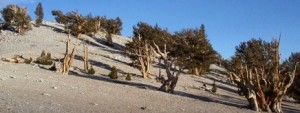Research
Overview
We are broadly interested in the factors that control forest diversity and function (e.g., carbon storage) and the response of these ecosystem properties to disturbance, climate change, rising atmospheric CO2 levels, and other aspects of global change.
Themes
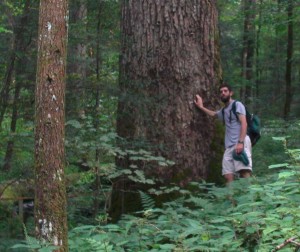 Joyce Kilmer Memorial Forest.
North Carolina, USA.
- Forest response to increasing atmospheric CO2. See project summary.
- Improving existing global vegetation models. See project summary.
- Developing next-generation global vegetation models. See project summary.
- Forest disturbance. See project summary.
- Plant functional trait variation within and among species. We are especially interested in understanding the mechanisms underlying trait correlations (e.g., the global “leaf economics spectrum”), and improving the representation of functional trait diversity in global vegetation/carbon-cycle models.
Examples of Previously Funded Projects
- Plant and microbial functional diversity (see Abstract). This NSF-funded project involved plant ecologists, plant systematists, and microbial ecologists. The project aimed to understand linkages between plant and microbial functional diversity and phylogeny across eastern North America and eastern Asia.
- Postfire regeneration in Siberian larch forests (see Abstract). This NSF-funded project uses field and remote-sensing data to understand how seed dispersal and environmental factors affect post-fire vegetation dynamics in larch (Larix) forests of northeastern Siberia and the climate feedbacks associated with an intensification of the Arctic-boreal fire regime.
|
Forest response to increasing atmospheric CO2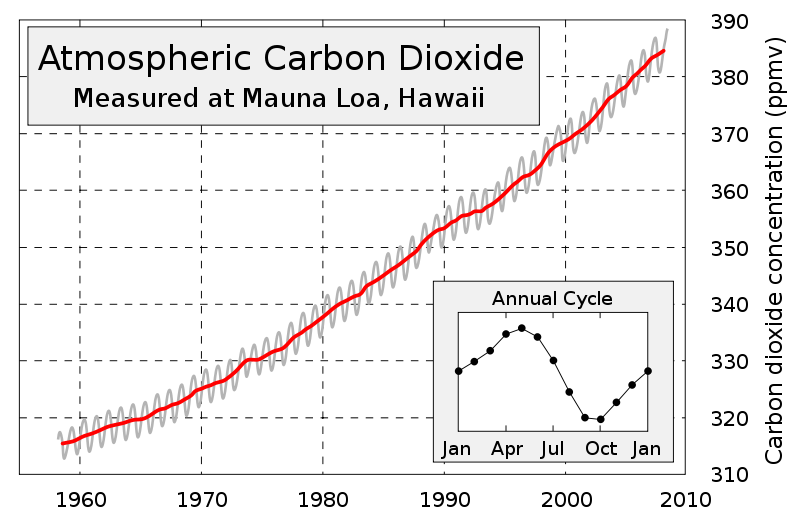
Theory and experiments suggest that elevated CO2 should stimulate photosynthesis (“CO2 fertilization”), thereby offsetting some anthropogenic CO2 emissions. However, the strength of the CO2 fertilization effect in real forests, and the sustainability of this effect in the future as nitrogen and other factors become limiting, is uncertain. The policy implications are significant, as the emissions reductions required to stabilize atmospheric CO2 at a given target (e.g., 500 ppm) depends critically on the strength and sustainability of terrestrial carbon sinks. We are using long-term datasets from the U.S. Forest Service’s FIA program to quantify how forest biomass and productivity have changed over recent decades, and to attribute these changes to forest succession (e.g., aging of secondary forests recovering from logging and/or previous non-forest land-use) vs. CO2 fertilization and other non-age-related aspects of global change. See our paper on this topic published in PNAS.
Back to Top |
Improving global vegetation models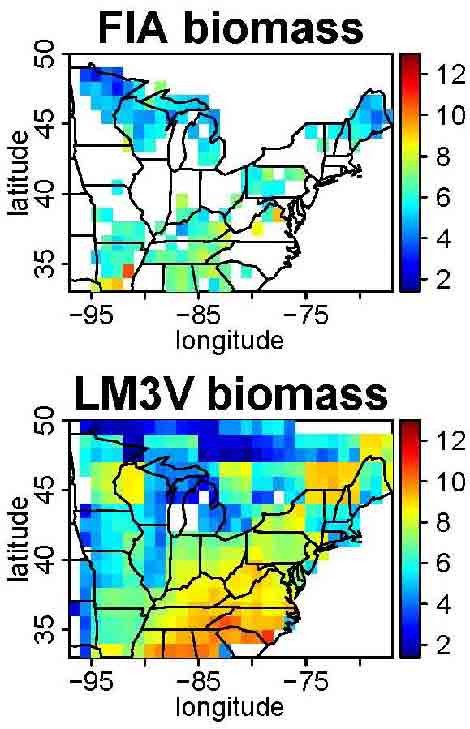
Ecosystem response to global change spans a range of time scales, from fast-time-scale physiological processes such as the response of individual leaves to diurnal and seasonal temperature fluctuations, to slow-time-scale processes such as species turnover within broad functional types (e.g., tropical, temperate, or boreal trees). Variation in forest biomass and growth across spatial climate gradients contains valuable information that can be used to test and improve the representation of slow-time-scale processes in global vegetation models. We used U.S. Forest Inventory and Analysis (FIA) data to optimize vegetation parameters in the NOAA-GFDL LM3V dynamic global vegetation model (which has now been replaced by the newer LM3 model). The figure on the right shows observed (FIA data) and predicted (LM3V model, prior to optimization) aboveground biomass (kg C m-2) in 50-year-old forests in the eastern USA. To learn more about this project, including some ideas on how to improve ecosystem models with multiple data streams, see our paper published in Ecological Applications, or download the poster we presented at the 2011 North American Carbon Program meeting.
Back to Top |
Developing next-generation global vegetation models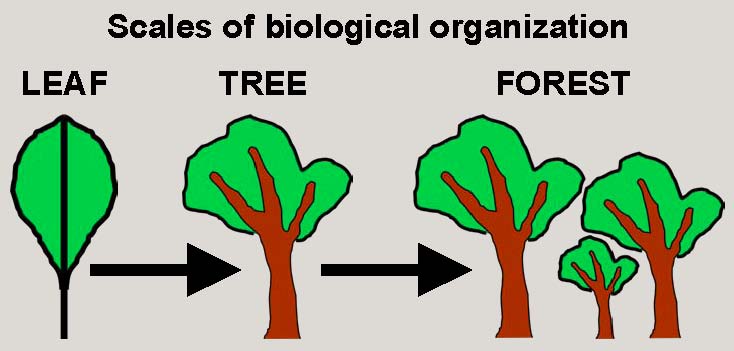
We have been involved in several efforts to test and develop a new class of vegetation models that could improve the representation of plant trait diversity and ecosystem dynamics in Earth system models. We worked as part of a team (led by collaborators at Princeton University and NOAA-GFDL) to develop the LM3-PPA dynamic global vegetation model, which incorporated more realistic treatments of biodiversity and individual-tree level processes (e.g., height-structured competition for light) in the GFDL land model. We are also organizing a model intercomparison project (MIP) to study how trait diversity affects the response of tropical forests to drought.
|
Forest disturbance
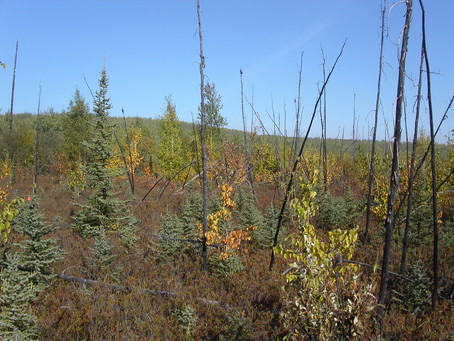 Post-fire regeneration in central Alaska. We are using a variety of empirical and theoretical approaches to better understand the role of natural and anthropogenic disturbances in determining forest community and ecosystem dynamics. Empirical work focuses on using forest inventory and other data sources to quantify disturbance impacts and to develop more realistic representations of tree mortality and disturbance in carbon-cycle models. Theoretical work focuses on the role of disturbance in allowing multiple tree species to coexist (Lichstein and Pacala 2011).
Back to Top |

